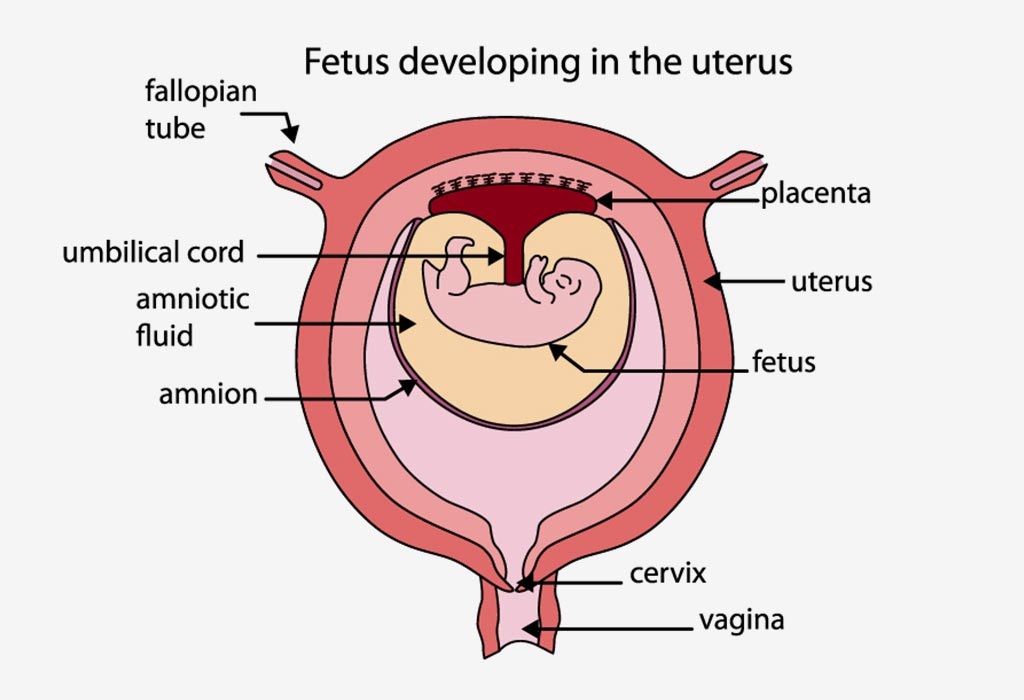
Closing the hole (usually with a ‘patch’) allows the blood to circulate normally, relieving strain on the heart. Large defects, with symptoms in infancy, may require open-heart surgery. If the hole is small, it may heal by itself with time, and no treatment – other than careful monitoring – is needed. Treatment for ventricular septal defect depends on the severity of the defect. Depending on the severity of the condition, the child may develop congestive heart failure and have an increased risk of developing pneumonia. Symptoms include breathlessness, difficulty feeding, increased heart rate and failure to grow at the expected rate. In a child with this condition, the heart has to work much harder than normal, and may enlarge. This hole lets oxygenated and deoxygenated blood mix. Ventricular septal defect means there is a hole in the wall between the ventricles. The ventricles are the two lower pumping chambers of the heart. Ventricular septal defect is the most common congenital heart defect in Victoria. Some common congenital heart defects include: This may produce a bluish colour of the lips and skin, called ‘cyanosis’.
Low amniotic fluid symptoms 33 weeks skin#
Blue lips and skin – some heart defects can lead to mixing of blue (oxygen depleted) blood from the veins and the red (oxygen rich) blood from the lungs.Difficulty feeding – this may occur because the baby is having trouble breathing.Shortness of breath – this might be due to a build-up of fluid in the lungs.Heart problems may cause a variety of symptoms in babies, including: Maternal age – babies of older women are more likely to have a birth defect than babies of younger women.Maternal health – factors such as unmanaged diabetes and poor nutrition during pregnancy may increase the risk.Alcohol – a mother who drinks large amounts of alcohol during pregnancy may increase the risk of congenital heart disorders.Medication and drugs – medication (over-the-counter or prescription) or illicit drugs taken by the mother during pregnancy may increase the risk of congenital heart disorders.Maternal illness – illness of the mother during pregnancy (for example, rubella – now rare) may increase the risk of congenital heart disorders.Other birth defects – a baby affected by certain birth defects, such as Down syndrome, is more likely to have malformations of the heart.Genes – 20 per cent of cases have a genetic cause.In around eight out of 10 cases, the reason for the congenital heart defect is unknown. Some children with genetic conditions such as Noonan syndrome can also have heart abnormalities. These are called acquired heart disorders. Illnesses that can lead to a heart problem include myocarditis (inflammation of the heart muscle), cardiomyopathy (disease of the heart muscle), rheumatic heart disease (a disease that may follow streptococcal bacterial infection) and Kawasaki disease (a disease with fever, rash and swollen lymph glands that may affect the heart). Some children develop a heart problem after an illness. Parts of the heart itself to be underdeveloped.Blood to travel abnormally through the heart (for instance, across ‘holes’ in the walls that separate the two sides of the heart).Blockages that prevent blood flow around the heart and arteries.If the heart and blood vessels fail to grow properly during fetal development, this may cause: Heart defects can develop while in the uterus


Approximatelyone in every 100 babies is born with a heart defect.


 0 kommentar(er)
0 kommentar(er)
